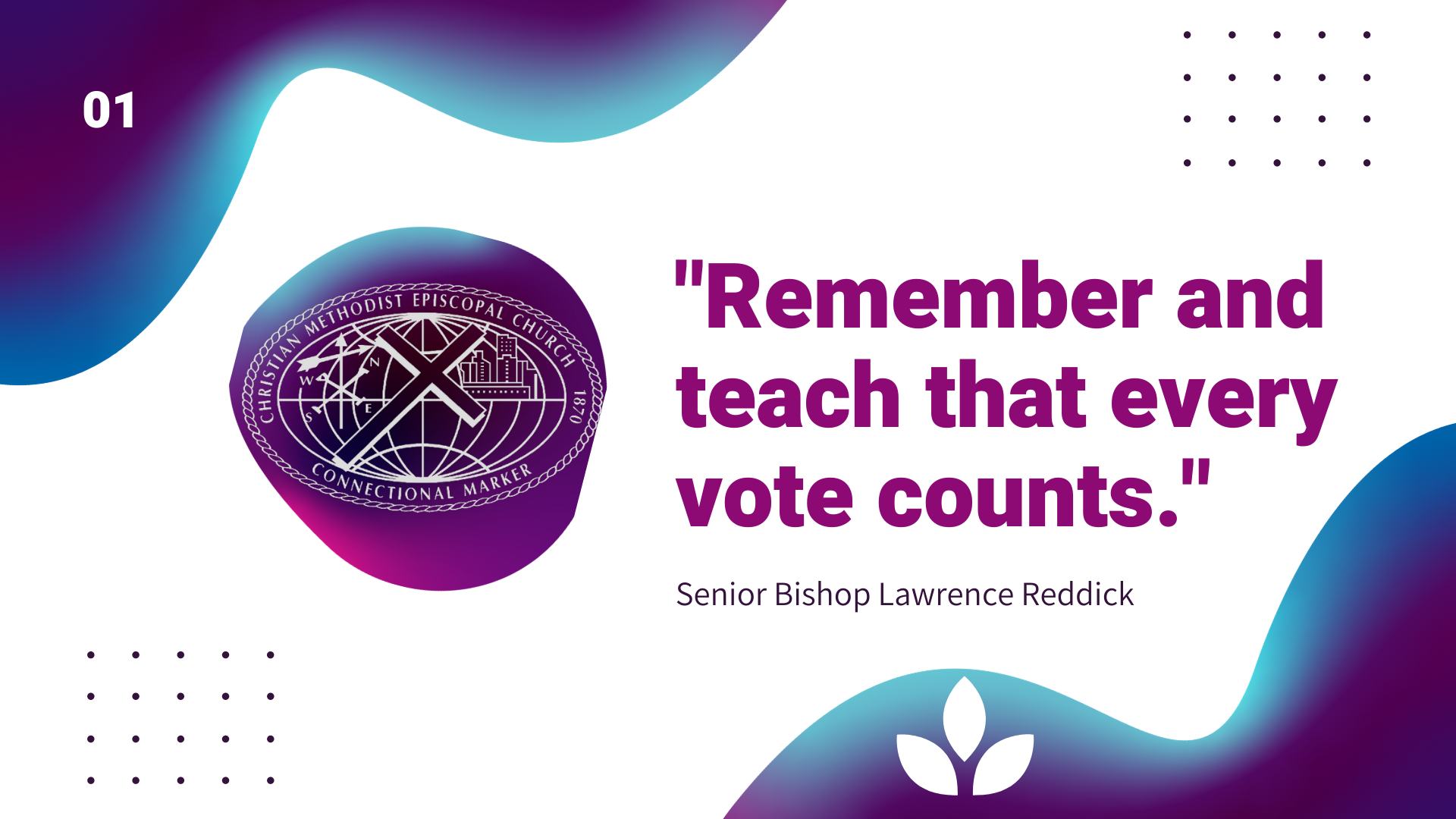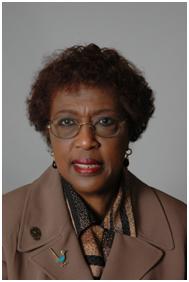
EIGHTH EPISCOPAL DISTRICT
HEALTH MINISTRY (VOL 4)

Dr. Patricia D. McKenzie
Episcopal Coordinator for Health Ministries
Social Share
PART I.
NATIONAL HEALTH OBSERVANCES FOR APRIL 2023
A. Alcohol Awareness Month
Source: National Council on Alcoholism and Drug Dependence (NCADD). https://www.cadca.org
FACTS:
“The public should view alcohol use and alcoholism as a preventable disease. The theme: ‘For the Health of It: Early Education on Alcoholism and Addiction.’ The Substance Abuse and Mental Health Services Administration’s (SAMHSA) underage campaign theme: ‘Talk, They Hear You.’ Parents and caregivers should begin talking to children as early as 9 years old. Alcoholism is the most common form of substance abuse. Over 14.5 million people aged 12 and over struggle with alcohol and less than 10% receive treatment. More than 65 million Americans report binge drinking or heavy drinking in a one- month period, which is more than 40% of those who drink alcohol. Warning signs of alcohol use are related to patterns of drinking leading to alcohol-related accidents, saying or doing things that hurt others or self, mood swings, impaired ability to work, depression or anxiety. Some factors which contribute to the development include genetics, family history of alcoholism, exposure to trauma in childhood, no sense of right or wrong, and serving their own self-interest. Addiction leads to dysfunction of the brain system that controls reward, memory and motivation. Another factor leading to the problem includes the environment, children raised by alcoholic parents are three times more likely to develop alcoholism. Warning signs of addiction vary-secretive about parts of their personal life, trouble upholding commitments or responsibilities, absences without explanations, seen with new social groups, unstable finances. Persons may attempt to stop and will experience withdrawal symptoms as nausea, muscle aches, headaches, dilated pupils, rapid heart rate, respiratory issues, and even seizures. Withdrawal from substances is rarely fatal, but deaths from non-medically supervised withdrawal have been recorded. Seeking professional help at an inpatient or outpatient rehabilitation facility greatly increases the chance of full recovery.. Seek help early. For free and confidential help 24/7, call 844-595-0505. May also, use info@recovered.org for help.
There is a self-assessment tool called ‘Am I an Alcoholic Quiz’ at https://recovered.org/alcohol/am-i-an-alcoholic-self-test-quiz. Note: The 12 Steps of Alcoholics Anonymous has led to other versions of the program as Narcotics Anonymous, Gamblers Anonymous, and Overeaters Anonymous; all utilize the 12-Step Program.”
B. Stress Awareness Month
Source: The American Institute of Stress. https://www.stress.org/
FACTS:
“Learning to cope with stress can go a long way in living a healthy and positive life. Stress is a physical, mental or emotional strain or tension. It is a reaction to a situation where a person feels anxious or threatened. Common reactions to stressful events may include-disbelief, shock, numbness; feeling sad, frustrated and helpless; difficulty concentrating and making decisions; headaches, back pains, and stomach problems. Smoking or the use of alcohol or drugs can impact physical and mental reactions. Long term stress may lead to issues like stroke and heart disease. Sometime the stress in your life cannot be changed by you. May need to recognize when you don’t have control and let it go; Avoid getting anxious about situations about situation that you cannot change. Take control of your reactions and focus your mind on something that makes you feel calm and in control. Develop a vision for healthy living, wellness and personal growth and set realistic goals. Healthy ways for coping with stress: Take care of yourself-eat healthy, exercise regularly, get plenty of sleep, give yourself a break is you feel stressed, share your problem with family, friend, doctor, pastor or counselor. Avoid drugs and alcohol. Recognize when you may need professional help as a psychologist. Live better by building on 6 Pillars of Health defined by the American College of Lifestyle Medicine: Nutrition-Increase fiber and proteins; Physical Activity-5days of moderate intensity or 3day vigorous intensity; build muscle mas and enhance strength. Restorative Sleep-7-9 for young healthy adults, up to 11 for teens; naps for 15 minutes may help. Stress Management-High stress can lead to diabetes, heart problems, muscle pains and spasms. Avoidance of risky substances-alcohol and tobacco and this may require a close assessment of relationships and friendships. Social Connection-companionships should provide positive interaction and encouragement, volunteering can help.”
C. National Child Abuse Prevention Month
Source: US Department of Health and Human Services, Child Protective Services Agencies (CPS). https://www.Childwelfare.gov/
FACTS:
“The theme: ‘Doing Things Differently: Moving from the Challenge to the Change.’ The Child Maltreatment Report published that approximately 1.8 million children receive preventive services; approximately two-thirds (58%) of victims received post-response services (family preservation, family support or foster care) because of needs discovered during the investigation. Fewer than 20.2% of confirmed maltreatment victims were removed from homes. Community activities include positive parenting programs, promoting child and family well-being programs, guides for fatherhood. Child neglect is the most common form of child maltreatment and about 4 million cases of child abuse and neglect involving almost 7 million children are reported each year. Up to 1 in 5 girls and 1 in 20 boys will be sexually abused before they are 18. Signs and symptoms are not easy to recognize and children remain quiet because they think that they will be blamed or that no one will believe them. Some physical signs may be observed-for child less than 4yrs, look for bruises on the torso, ears or neck; others any injury that can’t be explained. Caution when you observe behavioral and mental health changes which may be caused by stressful situations and not abuse. If you suspect a child has been abused, get help immediately through a pediatrician or local child protective service agency. All children should be taught the rules of basic safety: keep their distance from strangers, don’t wander away from family, say ‘no’ when someone asks them to do something they don’t want to do, always tell a parent if someone hurts them or makes them feel bad. Keep communication open with all children and teach them that they are strong, capable and can count on you to keep them safe. The long term consequences- greater mental health than physical health damage. They may become depressed, develop suicidal, withdrawal or violent behavior and later experience learning difficulties and even engage in drug use. Be alert to any changes in the behavior of children.”
PART II.
HEALING AIDS FROM THE BALM IN GILEAD
Source:
Click on Education and Inspiration and find to topics-Sunday Morning Health Corner and Resources
Facts:
PART III.
CENTER FOR DISEASE CONTROL AND PREVENTION
A. Women’s Eye Health Safety Month.
FACTS:
B. Sexual Assault Awareness.
Archives


HEALTH MINISTRY IN THE EIGHTH EPISCOPAL DISTRICT (VOL 3-2024)

HEALTH MINISTRY IN THE EIGHTH EPISCOPAL DISTRICT (VOL 1-2024)

HEALTH MINISTRY IN THE EIGHTH EPISCOPAL DISTRICT (VOL 12-2023)

HEALTH MINISTRY IN THE EIGHTH EPISCOPAL DISTRICT (VOL 11 2023)

